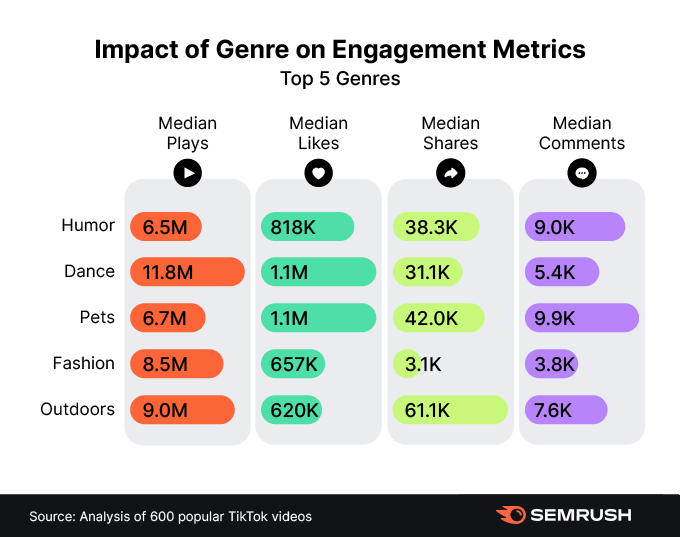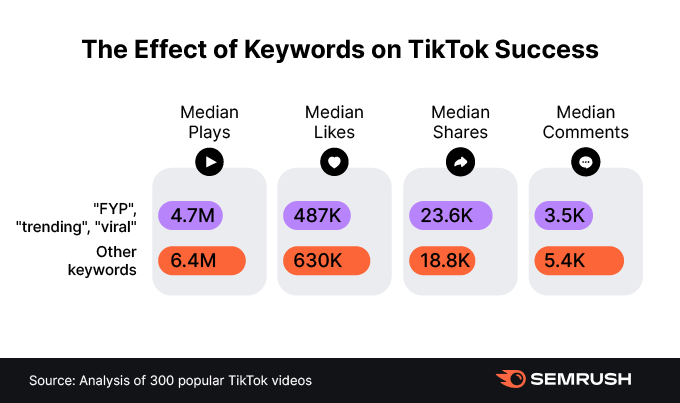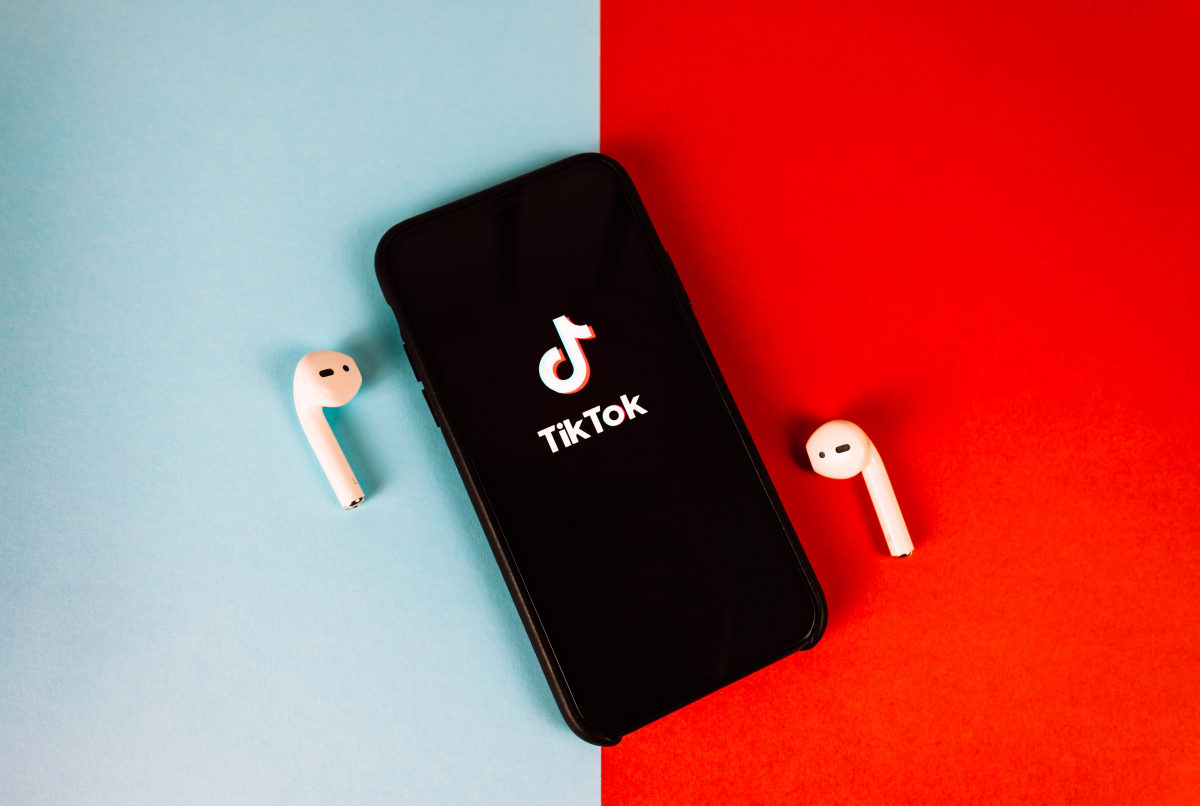This is what makes Tiktoks successful
“Do Tiktoks, no advertising” is the motto when it comes to Tiktok for companies. So far, so good – but what kind of videos are actually being successful on Tiktok? The SEO company Semrush looked at 300 viral tiktoks and analyzed which content is most successful.
Contents
1. People speaking to the camera
37 percent of the first three seconds of viral tiktok have a speaking person in focus. In 51 percent of the cases, the person spoke to the camera, in 33 percent to another person. Overall, 60 percent of the viral videos showed a person – only 17 percent did not show a person. Less than ten percent showed more than two people. Semrush’s Elizaveta Pavlovskaya sees this as an attempt to simulate face-to-face conversation in order to build more personal relationships with the audience.
The most successful hooks, with a majority of 58 percent, were those that conveyed joy and happiness. This is followed by surprise as an introductory conveyed emotion with 24 percent. Only nine percent of the successful Tiktoks started with anger – which certainly sets Tiktok apart from Facebook. At the bottom of the list are sadness and fear with four and three percent and finally shame with less than one percent. Semrush argues that this is one reason why the app is so addicting: Because dopamine is released with humor and joy and people like to feel good. The captions of viral tiktoks were also 68 percent positive. 32 percent of the captions were worded negatively.
Speaking of happiness: at least one animal appears in one of four viral tiktoks – and 46 percent of the most successful videos show dogs, 28 percent cats.
Anyone who is already verified on Instagram, Facebook and Co and has established a stable following has to start over on Tiktok. Conversely, this also means that videos from everyone can go viral. In fact, 83 percent of viral videos come from unverified accounts. However, there are some areas in which verified accounts tend to perform better: in life hacks, advice and wellness, fitness and sport, and humor.
Basically, any Tiktok can go viral – but verification helps in some areas. (Graphic: Semrush)
However, once an account has been verified, the average number of likes, plays, comments and shares is significantly higher.
Of the viral tiktoks, 36.5 percent belonged to the humor genre, and 21.9 percent were dance videos. Videos about pets accounted for 21.3 percent of the tiktoks studied. Pranks, meanwhile, were a meager 2.7 percent, as were fitness and exercise. Challenges made up only 2.3 percent, beauty only 1.3 percent. DIY and renovations as well as educational content bring up the rear with 0.7 percent each.
However, different KPIs can also be expected for the different genres. Dance videos, for example, have the most renditions – funny videos have the fewest. This also follows from the matter: you don’t necessarily laugh at the same joke twice in a row. With dance videos, however, users look inside a second or third time to find out exactly how the person is doing it. With dance videos, pets have the most likes on average, but have by far the most comments on average. Outdoor content is shared the most on average.

The five most successful genres achieve different KPIs on average. (Graphic: Semrush)
56 percent of the viral Tiktoks used music, 44 percent used other sounds – for example what the person said into the camera. The music used is pop music in a quarter of the cases; Rap and hip-hop follow with 15.7 percent each. Semrush gives dance videos as a justification – but it can also dance well to other listed music styles, such as EDM, reggaeton and rock. So the question is whether pop is not chosen as music primarily because pop songs are known to the majority of people.
Videos with music as sound worked best across all KPIs. Only 37 percent used their own sound. Overall, videos with self-created sound tended to perform worse in all metrics.
Although Tiktok is already in July 2020 contradicted, the myth persists that the hashtags #FYP (for the “For You” homepage), #trending and #viral would help trend, go viral or get on the homepage. But that’s quark. Although 38 percent of viral tiktoks contained these hashtags, they performed worse than videos with other hashtags in terms of average plays, likes and comments.

Tiktoks with the hashtags #FYP, #trending and #viral do worse in three out of four engagement KPIs. (Graphic: SEMRush)
Initially, it is only a question of correlations, i.e. two variables that are in some kind of relationship – without one variable necessarily justifying the other. That said, you’re not guaranteed to go viral with a tiktok by dancing to pop music, talking to the camera while holding a puppy. However, it does provide information on which elements you can use for your own tests. For example, try out variations, sometimes let people speak to each other and sometimes one person to the camera. At the end, evaluate the KPIs and just test which type of short videos works best for your niche.



